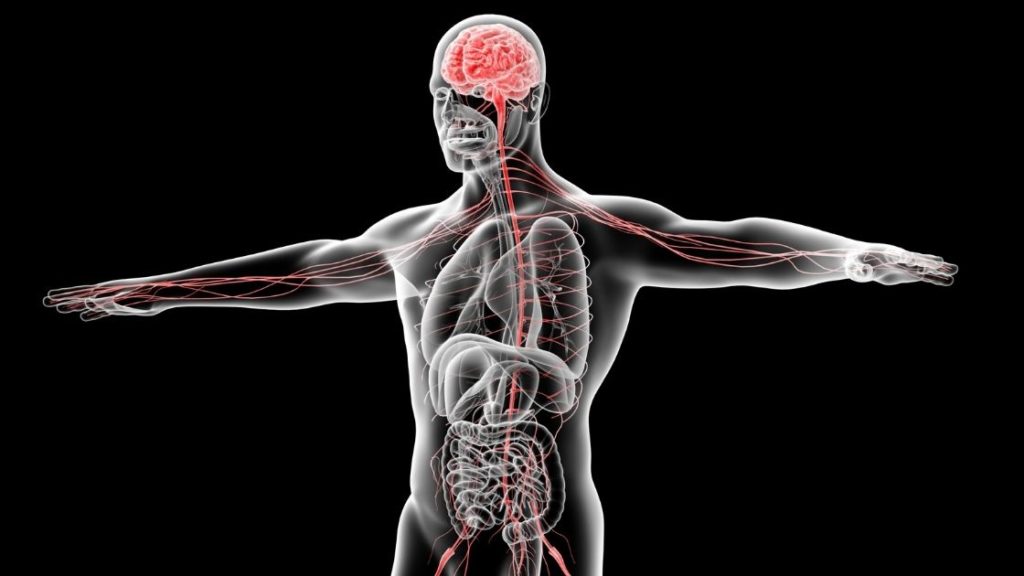Why Myofascial Release Works

How Does Myofascial Release Work?
Myofascial Release is a treatment that puts fascia first. It doesn’t target muscles specifically like massage does, but rather evaluates the health of the connective tissue. Healthy fascia is mobile, rebounding from whatever position it’s placed in. Dysfunctional fascia is stiff, resisting movement. A Myofascial Release therapist understands that although pain is felt in the knee, for example, the origin of the dysfunction is rarely also in the knee. They will know to follow the lines of restriction to the source, because if you only treat the symptomatic area, the origin point will continue to send disruptions throughout the fascial chain and the entire body.
The viscoelastic (viscous & elastic) nature of fascia causes it to resist sudden force, thus it is necessary to apply slow, sustained pressure to effect change. It’s like trying to shove a boat away from the dock—it just digs into the water, but if you gently and consistently press it away, it will glide easily. It often seems counterintuitive to the client, especially if they are used to a firm pressure massage. However, there is something called the Arndt-Shultz law which states, “Weak stimuli activate physiological processes; very strong stimuli inhibit them.” I.e., Less is more. This law guides the work of Myofascial therapists. You cannot force or bully tissues to shift. You have to work at the pace and pressure level the body is comfortable with. The gentle sustained pressure of the therapist allows the nervous system to recognize the contact as non-threatening; then, and only then, will the fascia unwind.
Massaging the Nervous System
Sometimes I tell my clients that I’m not so much communicating with the muscles during a massage, but with the nervous system. I say this because the nervous system is the arbiter of what is threatening and what is nonthreatening. Fast and forceful impact is threatening, and our nervous system will send signals faster than conscious thought to protect the compromised area. That’s why we clench our abs even when someone fakes a punch. This can be true even during a massage with firm pressure, especially with people whose bodies have been guarding and compensating due to years of chronic pain. The nervous system is overwrought, even if you don’t think you feel “stressed.” Gentle, sustained pressure allows the fascia and nervous system to accept the therapist’s touch and the subsequent changes.
This approach to pain patterns in the body is 100% individualized. Though we’re all working with the same basic framework, your body is unique in its specific architecture. Myofascial Release therapy can’t be generic because it evaluates your posture and treats according to the findings in your body.
Thus, through its conscientious approach toward the viscoelastic properties of fascia, the guarding mechanisms of the nervous system, and your distinctive makeup, Myofascial Release has been shown to effectively improve function and reduce pain throughout the body. Stick around for my next article on what to expect from a Myofascial Release session.

Emily Arnold
Emily Arnold, Licensed Massage Therapist
Emily Arnold is a Licensed Massage Therapist at Moyer Total Wellness. She holds a bachelor's degree in Spanish and Intercultural Studies. But it wasn't until Emily attended the Costa Rica School of Massage Therapy that she really discovered what she was supposed to be doing. She believes the human body is an astounding self-tuning instrument and her goal is to help people achieve homeostatic balance through stress regulation, mindful posture, health education, and intentional touch.
Resources
Neuromuscular Therapy of Vermont. (n.d.). Neuromuscular Therapy. [online] Available at: https://www.painreliefvermont.com/neuromuscular-therapy.
Parker, R. (2017). A guide to myofascial release by Ruth Duncan. [online] Human Kinetics Blog. Available at: https://humankinetics.me/2017/02/02/myofascial-release/.
Photo Credit
Photo Credit: Canva by SomkiatFakmee from Getty Images Pro
